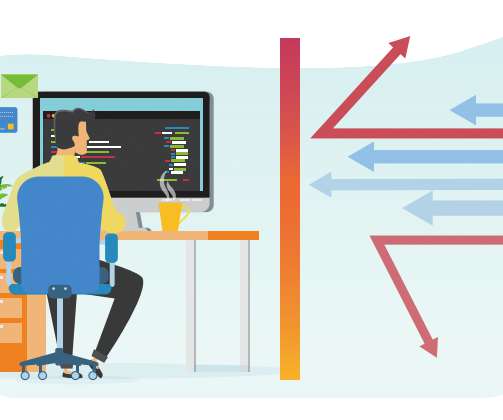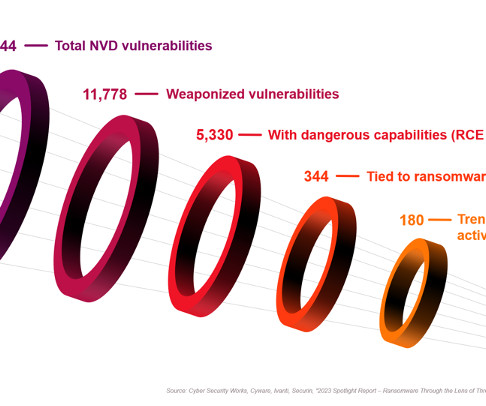Why Proxy-Based Firewalls Are Not Enough
Palo Alto Networks
MARCH 5, 2020
Proxy-based firewalls or web proxies have been considered an essential security component for some time now, but the question remains: Can proxies really help keep users safe? The first proxy-based firewalls achieved the basic task of controlling which websites users could access on the Internet. Implementation. Effectiveness.















Let's personalize your content